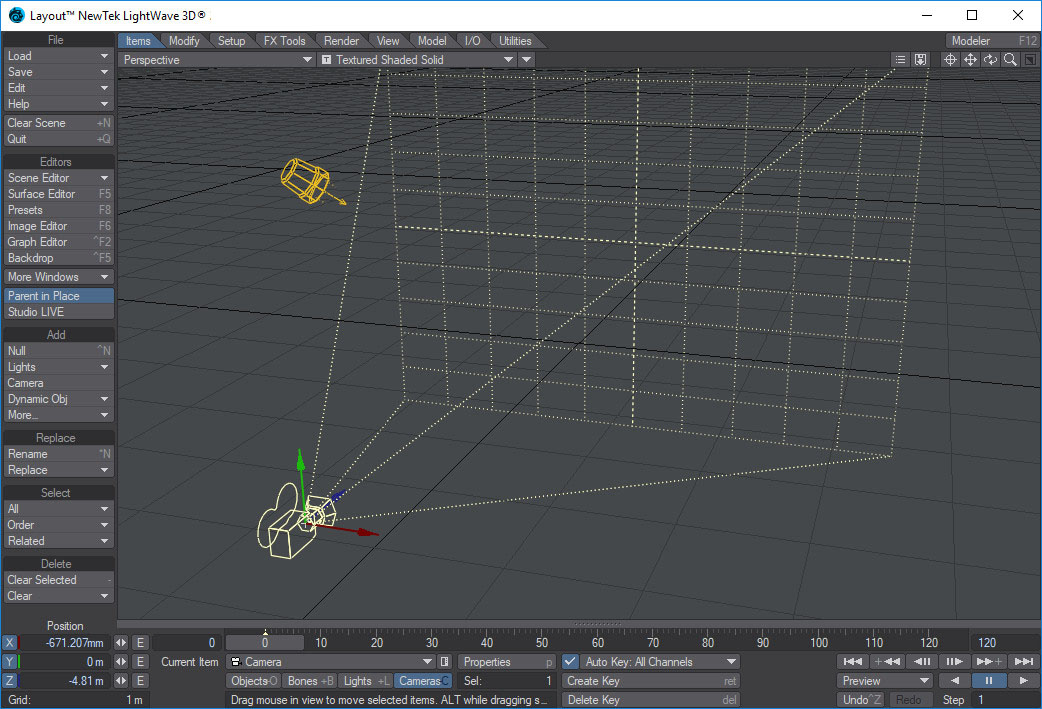

I have named and made 3 colors forīefore freezing your mesh I would recommend saving the model unfrozen Do this forĮach color that you wish to use. Window to name a color and choose the color that you like. That you want to add color to and press Q. Of what the final product will look like. If you like you can add some color to your object to get a better idea It is really up to you to add more detail and really make the model Now it is time to do any final tweaking that you may want to do to get To make the face and eyes you will use smooth shift and stretch to add Patch.Smooth shift the tops of the feet to flatten and them move themĪs close as you can to the bottom of the model without over lapping so Mirror the object and then press tab to sub Then you will move to a new layer and create a To make the feet you will first want to smooth shift the bottom of the The same method of smooth shift and stretch will be used for the tail as well. Now select the polys in the center of the bill just like you didįor the wings and smooth shift and stretch them in to make it look as Smooth shift and drag to make the bottom of theīill. Use smooth shift and stretch to get theĭesired look and shape that you want. The wings and model by dragging points to get the desired look. To give the wings more definition and depth. Not to select the polys on top) and smooth shift and stretch those in The general shape select the polys that outline the wings (make sure Stretch them out to get the general shape of the wings. Select the poly’s on the sides of the object and smooth shift and Once you have the general shapeĭown it is time to start making some of the more prominent features of If you object is centered then the points on More fluid and organic look and start moving points to get the general
#Lightwave 3d blog Patch#
Using the tab key sub patch the model to round it out and give it a Several cuts using the knife tool down each axis and one close to theīottom to add geometry and make it easier to manipulate later on.Ĭenter the object and turn on symmetry so that you can work on both Panel when creating the box to set the size of the object). Like most objects you will start by creating a box (use the numeric You may want to take a few minutes familiarizing yourself with these tools if you are new to LightWave 3D.Ĭreating and Prepping an object in LightWave 3D for 3D printing The majority of the object will be made using the drag, smooth shift and stretch tools. For this tutorial I am creating an animated style penguin.
#Lightwave 3d blog how to#
I am going to go over how to create a basic object and prep it for 3D printing using LightWave 3D.
#Lightwave 3d blog full size#
For the tutorial and full size images visit the tutorial page. For the purpose of the blog post I have included all of the text but reduced some of the screenshots to thumbnails. This work will benefit the design and calibration of the DAP-based hyperspectral imager.James White from our previous post has been generous enough to share some of his vast expertise with a tutorial for LightWave 3D. Furthermore, after this numerical calculation, the spectral signatures of the reconstructed cubes of the DAP-based PBCHI system show consistency with the ground truth.

The calibration experiments demonstrate that the mean squared error (MSE) of the dispersive pixel shifts calibrated by the proposed numerical method is 0.1774, which indicates the calibration result of the proposed method is consistent with the directly calibrated result. To achieve high-accuracy hyperspectral imaging over the visible band, firstly, the geometric and dispersive parameters of the double Amici prism (DAP) that serves as a dispersive device in the direct-vision push-broom compressive hyperspectral imager (PBCHI) are designed and optimized secondly, a calibration method based on the numerical calculation of the DAP model is put forward, which can turn the conventional pixel-wise dispersive shift calibration by a monochromator into a group of numerical calculations lastly, a PBCHI prototype is built to test the performances of the designed and calibrated DAP and the hyperspectral imager. The design and calibration of the dispersive device in a hyperspectral imager significantly affect the performance of hyperspectral imaging, especially the spectral accuracy.


 0 kommentar(er)
0 kommentar(er)
